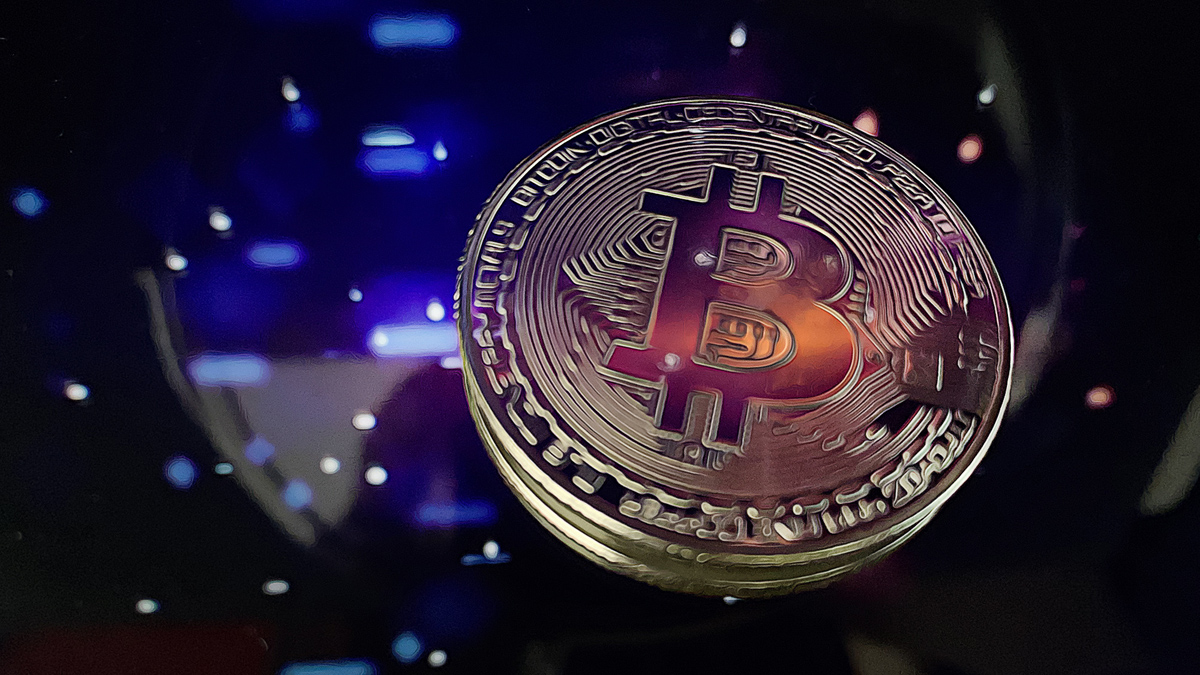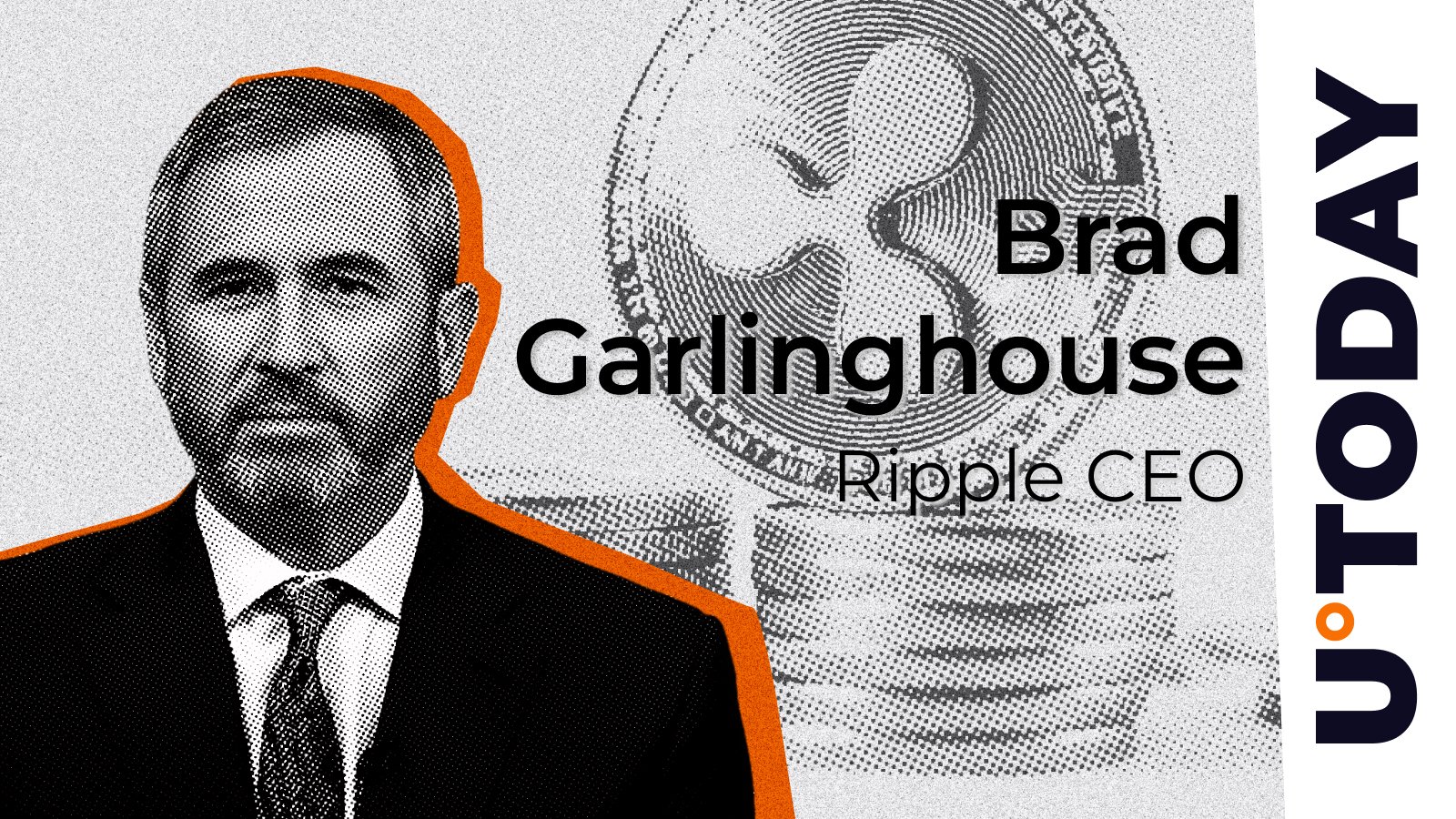
Los Angeles, CA, April 3rd, 2025, Chainwire The Render Network Foundation is thrilled to announce RenderCon , a one-day event on April 15th, 2025, at Nya Studio in Hollywood, California, to explore how art, media, and exa-scale computing are shaping the decade ahead. The inaugural RenderCon will bring together luminaries from across media, entertainment, AI, and GPU computing, including: ● Ariel Emanuel , Executive Chairman, WME Group; CEO and Executive Chair, TKO ● Richard Kerris , VP & GM of Media & Entertainment at NVIDIA ● Mike “Beeple” Winkelmann , Beeple Studios ● Emad Mostaque , Founder of Intelligent Internet and Stability AI ● Rod Roddenberry , Founder and CEO of Roddenberry Entertainment and Executive Producer of Star Trek ● Jules Urbach , Founder and CEO of OTOY and Founder of the Render Network The event features a full day of talks and panels covering emerging trends in GPU rendering for motion graphics, filmmaking, product design, VFX, games, virtual production, immersive media and more — with deep dives on the latest frontier AI technologies, workflows and IP provenance tools supporting the Render Network’s community of artists and content creators. Conference panels and keynotes will be accompanied by networking sessions, Render Network Grant recipient showcases, and live tech demos throughout the day, enabling attendees to learn from leaders in VFX, AI, and GPU technology that are pushing the boundaries of spatial computing, immersive media, and machine learning. The first in-person Render Network conference, RenderCon 2025, is set to become the premier annual event for artists, studios, developers, and creative technologists shaping the future of 3D technology, AI, and GPU computing. Registration for RenderCon is now open at renderfoundation.com/rendercon . New speakers, panelists, and technology partners will be announced over the coming weeks via @RenderNetwork on X and on the Render Foundation website. Users may direct press, speaking, and sponsorship inquiries to: rendercon@renderfoundation.com About The Render Network Foundation The Render Network Foundation is the governance organization for the world’s leading decentralized compute network, the Render Network . The network connects node operators looking to monetize their idle GPU compute power with artists looking to scale intensive 3D-rendering work and with machine learning developers looking to train and tune AI models. Through a decentralized peer-to-peer network, the Render Network achieves unprecedented levels of scale, speed, and economic efficiency. For more information on the Render Network Foundation, users can visit https://renderfoundation.com . Contact Render Network Foundation rendercon@renderfoundation.com
Bitcoin World
You can visit the page to read the article.
Source: Bitcoin World
Disclaimer: The opinion expressed here is not investment advice – it is provided for informational purposes only. It does not necessarily reflect the opinion of BitMaden. Every investment and all trading involves risk, so you should always perform your own research prior to making decisions. We do not recommend investing money you cannot afford to lose.
Bitcoin Volatility Drops to 2.68%, Signaling Possible Calm Phase in the Market

The sharp decrease in Bitcoin’s volatility has caused some intrigue among traders and investors. As of April 3, 2025, the price of Bitcoin was only somewhat affected in its moves, resulting in the price not swinging up or down dramatically—yielding a nearly low 2.68% price movement to and fro, according to data from @coinglass_com. Days beforehand, as late as March 30, all charted data and trader feelings registered that Bitcoin was a 3.47% volatile play to swing in and out of for potential profits in the near term. What these aforementioned folks might wish to assess or really could even hope to try and figure out is what the sharp decline in volatility could potentially signify. Bitcoin Volatility Drops Sharply to 2.68% – Market Enters a Calm Phase? According to @coinglass_com data on April 3, Bitcoin’s volatility has dropped significantly to 2.68%, down from 3.47% on March 30. What does this mean? -Lower volatility often signals a decline in… pic.twitter.com/t06Vv9LK7w — Followin (@followin_io) April 3, 2025 Understanding the Implications of Reduced Bitcoin Volatility Defining Bitcoin’s Price Movement with Volatility. For a long time, Bitcoin’s price movements have been very volatile. Over the years, the reputation that Bitcoin has earned is that it is a very volatile asset to hold. It frequently undergoes sharp swings—that’s the nice way to put it—that create both chances and dangers for investors. It creates both opportunities and risks for investors. Periods of heightened volatility are typically associated with speculation, retail FOMO, and external factors like macroeconomic data or shifts in market sentiment. The recent decrease in volatility appears to represent a shift in market dynamics. When volatility drops, it often indicates that speculative trading and retail-driven enthusiasm have slowed down. This can also mean that the market has entered a consolidation phase, where Bitcoin’s price stabilizes and fluctuates within a narrower range. In these periods, market participants may adopt a more cautious, long-term approach; and this may lead to less buying and selling activity that resembles the frenzied trading of the near past. The lessening of volatility could be taken to suggest that Bitcoin is leaving behind the wild swings of price that define periods of extreme speculation—for instance, 2017 and late 2020 to early 2021. A period of calm, in which price accumulation favors bulls, might be at hand. Not that any of this is a sure thing: Investors are as much in control of Bitcoin’s next phase as they were of its last phase. One thing may be sure, though: The period in whose midst we now find ourselves can hardly be thought to favor bears. The Role of Macroeconomic Factors in Bitcoin’s Price Stability Bitcoin’s volatility has mainly been driven by its sensitivity to major macroeconomic changes. Inflation, interest rates, and geopolitical events can all cause the price of Bitcoin to change significantly, in one direction or another. But it’s not only direct changes to the economy that can move Bitcoin’s price; we’re just as likely to be influenced by what happens in the traditional financial markets, which in turn have a big effect on investor sentiment. And when there’s a big shift in the traditional financial markets, the cryptocurrency space is affected, too. For instance, when inflation is on the increase or interest rates are expected to go up, investors might turn to Bitcoin as a safety harbor against the usual kinds of investment-pop risks, like plummeting stock prices. By contrast, when the economic picture normalizes, or when ordinary inflation expectations return to the kinds of ranges they usually hang out in, Bitcoin’s price might settle into a more stable range. In the past few weeks, some of our key external factor indicators have been showing signs of stabilization, and this might be the reason Bitcoin’s volatility has been reduced. The price of Bitcoin tends to climb when investors look for substitutes to conventional assets such as stocks or bonds, especially during periods of economic uncertainty. Yet, when those uncertain conditions ease up, Bitcoin’s volatility may well drop, too. And it could be that the overall financial landscape has stabilized recently, which would make for fewer external risk factors pushing investors in the direction of Bitcoin and thus for Bitcoin’s price to make fewer waves. Is Bitcoin Entering a Period of Accumulation or a New Breakout? Bitcoin’s volatility has dropped to 2.68%, leaving those who participate in the market wondering about its future. One question often posed is whether we are now in an accumulation phase of reduced volatility, during which HODLers are amassing yet more coins, or whether Bitcoin is gearing up for another dissolution of the same kind of order it just dissolved itself into. In the past, times of low price swings have always been followed by sharp moves in the other direction. A bit of compression of Bitcoin’s recent price range might be a sign of the calm before a new storm—either a big rally or a big bust, and busts can sometimes be just as big as big rallies. Low volatility typically leads to a rise in implied volatility and a rise in the price of options, which is exactly what we are seeing in the Bitcoin market today. Conversely, Bitcoin’s recent price stabilization could be a sign of an accretion period, in which long-term investors steadily build positions without being driven by the all-too-common relentless short-term price action. Accretion phases tend to look like this: Bitcoin’s price moves within a narrower range, and investor sentiment is peaceful and relatively impartial. Everybody’s just waiting for the next big thing. What’s the next big thing? Nobody knows. But whatever it is, the wait looks like it could be some time. The current consolidation phase of Bitcoin could draw the market’s attention for a variety of reasons. One is the upcoming economic data that are about to be released. How will the figures affect the in-progress shifts in global sentiment that seem to be happening? The broader cryptocurrency market performance also fits into this conversation. If it performs well, can we expect Bitcoin to keep on keeping on with its consolidation? Of course, there’s the inverse side to all of this, for which none of us would want to be caught on camera as half-investor, half-sportscaster when this is the framework we’re working with. A Calm Before the Storm? Although predicting the exact path of Bitcoin in the next few weeks is hard, the present low volatility might lull speculative traders into a false sense of security. History has often shown that quiet periods in Bitcoin’s price movements can be precursors to more dynamic phases. So, will Bitcoin surprise us next by breaking to the upside or downside? Only time will tell. The essential aspect for investors to deal with this phase will be to stay abreast of both the wider economic environment and the conditions that are developing within the cryptocurrency market itself. This is a pretty general piece of advice, but it is particularly relevant now. While there has been some decrease in volatility, Bitcoin may still be an asset class that is just one benign or malevolent news cycle away from making a serious move—in either direction. At the moment, Bitcoin’s price movements are calm, and this affords traders a chance to reassess their positions in the market. Long-term investors can also use this time to accumulate more Bitcoin without the immediate pressure of dealing with sharp price fluctuations. And yet, the current state of affairs raises a couple of interesting questions: Is this the calm before some kind of storm? Or is it the calm after the storm that was Bitcoin’s price chopping back and forth between $30,000 and $40,000 for most of 2023 so far? Conclusion A recent dip in Bitcoin’s volatility to 2.68% indicates a shift in market conditions and the potential for a phase of consolidation. Traders and investors tend to think of lower volatility as meaning the market is moving toward a phase of reduced speculative activity. There’s often a pretty close association between lower volatility and what some might call a “death spiral” for Bitcoin. But the recent dip in Bitcoin’s volatility might also be the calm before a major price breakout. It might just be a better market condition for traders of all types. Disclosure: This is not trading or investment advice. Always do your research before buying any cryptocurrency or investing in any services. Follow us on Twitter @nulltxnews to stay updated with the latest Crypto, NFT, AI, Cybersecurity, Distributed Computing, and Metaverse news ! Bitcoin World

Bitcoin Struggles at $90,000 Resistance Amid Tariff Concerns and Market Sentiment Shifts
Matrixport’s recent analysis reveals that U.S. President Trump’s announcement of new tariff measures has not excessively rattled market sentiments, despite a notable pullback in the stock market. The reaction indicates Bitcoin World











